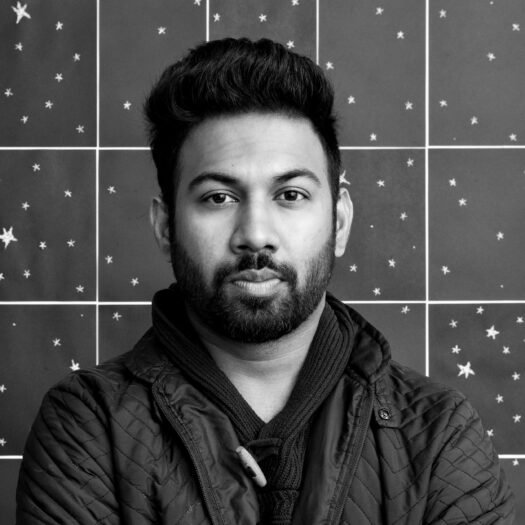Sitaram Swain was born on 1989 at Puri, Odisha in India. He graduated in the department of painting from Sir JJ School of arts, Mumbai in 2010 and completed the post graduation from S.N School of arts and communication, Hyderabad central university in 2013. He is trained as a painter but gradually moved towards the installation art practice. Sitaram has been part of several shows around the world, including group and solo projects. His recent solo project was at Maraya art centre, Sharjah 2018, UAE. He has also participated in several group exhibitions and one among them is- AIR Glenfiddich art gallery, 2017 Scotland, UK. He was chosen as the emerging artist of the year 2017 by best college art gallery New Delhi and Glenfiddich. Sitaram was represented as the Indian artist among all other artists from seven countries at Glenfiddich international Artists in residency programme, Scotland, UK. Being a part of many site-specific projects, he found a new dimension to his art practice.A site-specific project in collaboration with Piramal art foundation was one of his important projects. Sitaram is also traveling around the world and has been invited for several important art residencies and artist exchange programmes. Most recently in 2018 he got invited for the “Trance Indian Ocean” artist exchange programme between India and UAE, in collaboration with Kochi muziris Biennale [India] and Maraya art centre [UAE]. The artist is currently living and working in between Hyderabad and odisha, India.
I work primarily with the architecture, place, space and household things which complete myprocess. The work process has remotely started from my native land Odisha and slowly withthe changing time and my different journey brought new inspirations and dimensions in mywork. The process started from my home itself and slowly it transformed into a larger contextwith the facts of urban society. The whole process includes meticulous interpretations ofdifferent materials. The ‘Regular life’ has an important part to play in my body of work. Thedaily household objects brings a strong sense of attachment which works like a catalyst in mywork. The function of object helps me to widen the boundary of the social and politicalaspects. The process focuses on the Geo-political issues and how different consequencesaffect the land and the life of common people. The importance of each and every singlematerial stands out with its new identity and interpretation.
The body of work explores different perspectives of interpretation where in some places thedirect use of materials shows the prominence of the subject matter and again in some worksobjects were treated and interpreted as a new identity. My practices break the binaries ofsubject, individuality and identity and create a new dimension of language. The processincludes variety of objects which talk about its origin, usage and involvement in urbanization.The different character of objects brings similarities between forms and shows the tension ofurbanization. The function of different objects challenges through its visual representationand creates unique narration. Some works shows the connection between urbanization andthe changing attributes of nature and environment. Here the materials play an important role.It includes a huge range of industrial materials and mediums through which it shows thedominance of urbanization and its impact on nature.
The arrangements, sequence, transformation all these aspects in my work derived from thenature. The constant growth of urbanization challenges the nature and shows the tensionwhen it comes together. My work question about the rapidly changing life styles and how thetechnology impacts on the spreading urbanization. The different issues which are dominant inthe society and its increasing impact create a strange relationship between human, nature andurbanization. The urban landscape offers us a well finished, polished and enriched viewwhere the vision gets filtered and we ignore the truth and the origin of the society.
The political spectrum inspires my process a lot to bring new dynamism. How the changingperspective of political power and behaviour affects the architectures from its constructions todemolition is a matter of concern. It constructs a faith at the same time it destroys the same.In different historical periods we see the influence of political powers on architectureswhether in a positive or in a negative way. There is always a tug of war between the ideologyand the rules. These impacts in a huge way on the society and changes the belief system ofthe common people. The political spectrum always has an impact on architecture. If we lookat the history of India we can see various examples of how political power affectedarchitecture whether it is Mughal era or British colonial period. Every period has left its ownimpact on architecture to prove their political power. Much architecture has been ruined andreformed keeping the political ideology of the rulers. After India’s Independence also we cansee few major Geo –political actions that affected architecture begin with claims oforiginality and such issues are still on.

